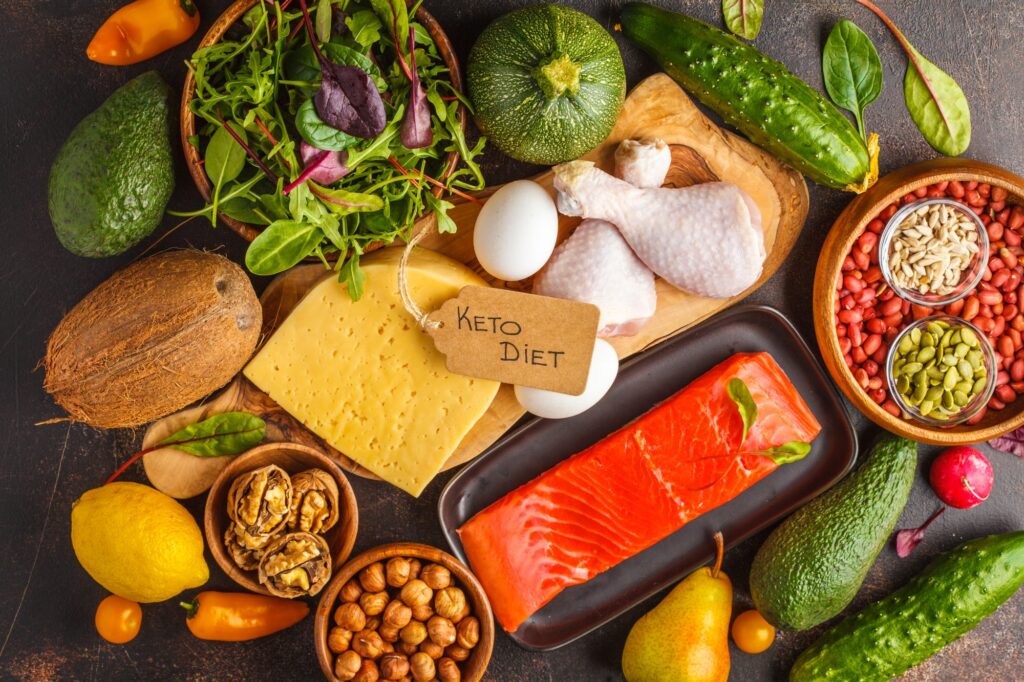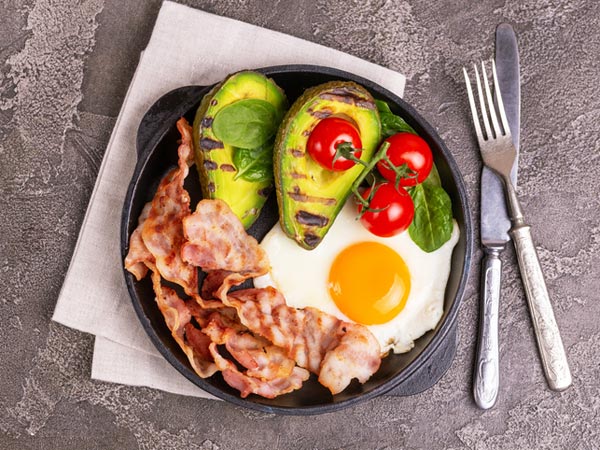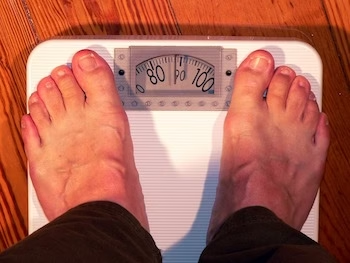The obesity epidemic is highly risking the lives of many people in the US and the UK. Worldwide obesity has tripled since 1975. The worst thing is children are also commonly affected by obesity. According to a recent study by WHO, 39 million children are obese or overweight. Obesity is preventable. How? There are various ways like exercises, surgery, supplements. Following a healthy diet plan is one of the safe choices to bring the weight under control. In this article, we are going to briefly discuss the most popular diet called the ketogenic diet or otherwise called “ketosis”.
What is a Ketogenic Diet?
This is also called a low-carb high-fat diet. This is the most popular diet plan among Americans. Foods recommended in this diet have high-fat content, an adequate amount of protein, and low carbohydrates.
Did you know? Ketogenic diet was initially formulated for the treatment of epilepsy
What’s the Recommended Diet Plan in Ketosis?
The general daily calorie breakdown of the keto diet plan is as follows:
60-80% of calories from fat
20-25% of calories from proteins
5-10% of calories from carbohydrates
This ratio is formulated to help maintain ketosis state as well as overall health.
While the classical diet plan is used still today, several protocols came into effect based on the gender, height, and activity levels of the person.
What Is The Allowed Carb Ratio?
Like I said, as this is a low-carb diet, the usual intake should be around 20 to 50 grams per day.
What Is The Allowed Fat And Protein Ratio?
The main purpose of the state of ketosis is to allow your body to use more body fat. Our body digests fat and protein differently. Fat is the best source of energy and has a very limited effect on insulin level and blood sugar level. However, Protein has a great impact if taken excessively. For example, about 56% of the ingested protein converts into sugar which then upsets the state of a ketogenic diet in burning body fat. That is why, in the keto diet plan, protein is allowed only at a moderate level and is based on gender, height, and activity level.
Low Carbohydrates Vs No Carbohydrates
Meals that are rich in carbohydrates like rice, pasta, white bread, etc. tend to form belly in most people and the worst part is it is difficult to get rid of. The main advantage of the low-carb diet is that it helps in reducing the sugar levels and starch content in our body. This plan reduces weight effectively.
Some people mistake a low-carb diet for a no-carb diet. This could be highly dangerous because our body requires some carbohydrates for energy and for maintaining blood sugar levels. It is strictly advised to consult an expert dietician to know the right amount of protein and carbohydrates your body needs.
Having a healthy weight is more important to maintain overall health because it can prevent many conditions like heart disease, type 2 diabetes, high blood pressure, and more. The ketogenic diet helps you attain a healthy weight.
Benefits of a Ketogenic Diet
When you are following this diet, your body will become carbohydrate-independent as well as burning stored fat effectively.
When practicing, people consume only healthy fats. As a result, prevent any stomach discomfort in your body.
Apart from weight loss, the keto diet enhances gut health, stabilizes blood sugar levels, regulates body hormones, and improves overall cognitive function.
As it allows only saturated fats in the diet, the risk of heart attacks is greatly reduced.
Foods Allowed On the Ketogenic Meal Plan
In general, all meats, seafood, and full-fat dairy are allowed.

Fats:
Avocado oil
Ghee
Olive oil
Coconut oil
MCT oil
Butter
Meat:
Beef
Turkey
Chicken
Lamb
Pork
Goat
Veal
Venison
Seafood:
Cod
Salmon
Oysters
Mackerel
Fish
Shrimp
Crayfish
Vegetables:
Spinach
Broccoli
Cucumber
Cauliflower
Zucchini
Celery
Lettuce
Kale
Cabbage
Eggplant
Bell peppers
Asparagus
Fruits:
Tomatoes
Avocados
Lemons
Blackberries
Blueberries
Raspberries
Strawberries
Coconut
Dairy:
Organic milk
Organic cheese
Full fat yogurt
Nuts and nut milk:
Brazil nuts
Pine nuts
Walnuts
Macadamia nuts
Almonds and almond milk
Cashews and cashew milk
Pistachios
Seeds allowed:
Pumpkin seeds
Chia seeds
Flax seeds
Hemp seeds
Foods not allowed include,
Refined sugar
Legumes
Gluten
Grains
Corn Syrup with high fructose
Foods with high Glycemic-load
Medical Benefits of Keto Diets
Keto diets are used for treating several medical conditions.
Epilepsy
This diet is mainly recommended for patients with epilepsy as it reduced seizures. Pediatric epileptic cases showed the most successful results to the diet plan.
Alzheimer Disease
Ketones provide the required cholesterol and energy to the brain and help to repair damaged neurons. All these help in improving memory and cognitive function in Alzheimer’s patients.
Gluten Allergy
High-carb foods have high gluten which causes gluten allergies like the bloated stomach. Whereas, following a ketogenic diet helps in curing the stomach bloating and digestive discomforts of many patients.
Some other benefits include
Reduced cholesterol levels
Improved immune system
Reduce food cravings and appetite
Stabilize insulin levels
Final thoughts
The Keto diet is an extremely popular diet lifestyle for maintaining weight and overall health. It is cost-effective and the meals are easy to make. It is recommended to consult with your dietician today to get your diet plan for attaining successful results.


